-
Meter to Cash
-
Customer Relationship
-
Post-Billing, Payments and Accounting
-
Additional Business Processes
-
AI Analytics and Tools
Customer Relationship
Discover more
Post-Billing, Payments and Accounting
Discover more
Additional Business Processes
Discover more
AI Analytics and Tools
Discover more
Electricity and Gas Supply
Discover more
Water Management
Discover more
Gas Distribution
Discover more
Waste Management
Discover more
District Heating
Discover more
Products and Solutions
Market Sectors
Insights
Who we are
Sustainable Water Management: Smart Incentives through Data and Technology
×
Introduction
In an era marked by natural resource scarcity and increasing attention to sustainability, water plays a central role in environmental strategies. Thanks to digital innovation and advanced data use, it is now possible to turn water savings into tangible, shared value. Water utility companies can adopt intelligent billing systems that reward citizens’ virtuous behaviors through transparent and measurable mechanisms. An approach based on smart meters, contextual data, and advanced contractual models enables optimized consumption and fosters a virtuous cycle between technology, efficiency, and active participation.
The Data Foundation for Smart Billing
The first step toward promoting conscious water use is having a reliable and integrated data infrastructure. Smart meters, now widely adopted, provide accurate and continuous daily readings of water consumption. These are complemented by other essential data sources: historical individual and household consumption, demographic and cadastral information, the geographic context of the user (plains, hills, mountains), and climate conditions such as rainfall and seasonal temperatures.
This rich data foundation allows for the creation of homogeneous user clusters and enables fair, personalized, and data-driven comparison and reward logic.
Outcome-Based Incentives: The Outcome-Based Contracting Model
To turn water savings into concrete incentives, utility companies can implement an Outcome-Based Contracting (OBC) model. This approach ties compensation to tangible results, measured through specific and shared KPIs. The process involves three main phases:
1. Defining Objectives and KPIs
Each utility provider can define its own performance indicators based on local characteristics. KPIs may include daily per capita consumption, percentage change in consumption over time, comparisons with the cluster average, and adaptation to local weather conditions. This enables recognition and reward of the most sustainable behaviors, enhancing both individual and collective responsibility.
2. Selecting the KPIs to Incentivize
Once the most relevant indicators are defined, target thresholds and expected improvement rates are established. Users who reach or exceed certain objectives can receive incentives proportional to their performance level. The system is fully transparent and easily communicated to users.
3. Structuring the Success Fee
Each improvement is measured against an initial baseline. Performance tiers allow for incremental and proportional rewards. Incentives may take the form of bill discounts or other economic benefits, turning water efficiency into a tangible advantage for citizens.
Conclusion: Savings as a Collective Value
Implementing an advanced billing system based on bonus/malus logic not only improves the operational efficiency of water services but also actively involves citizens in a path of environmental responsibility. Water becomes more than just a resource to manage—it turns into a shared and participatory value, where everyone can make a difference. Savings translate into environmental, economic, and social benefits, reinforcing the connection between innovation, sustainability, and community.
Neta is Engineering’s digital platform that enables advanced water management models, making all of this possible. With its flexible, modular, and scalable architecture, Neta:
integrates data from smart meters, cadastral sources, and weather systems
calculates personalized KPIs in real time
manages reward rules with precision
offers analytical dashboards for monitoring and auditing results
With Neta, data becomes the engine of a new relationship between utilities and citizens—one built on transparency, participation, and sustainability.
© Engineering Ingegneria Informatica Spa 2025








